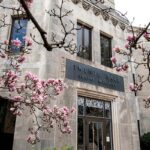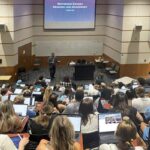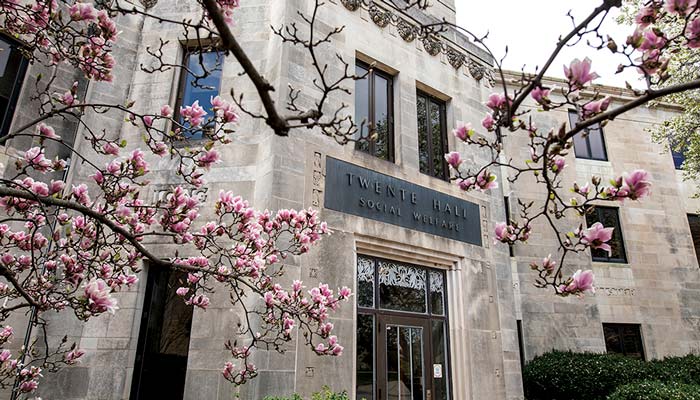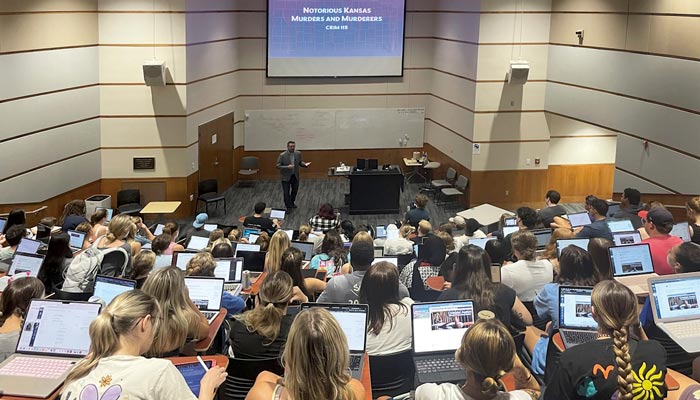Momentous year
Provost assesses launch of ‘Jayhawks Rising’ and prepares to turn strategic plan into action

Five days into her new role as provost and executive vice chancellor, on Feb. 28, 2020, Barbara Bichelmeyer led a Universitywide discussion of KU’s new strategic plan, Jayhawks Rising. As she and Chancellor Doug Girod outlined the guiding vision and priorities, developed over months of study, they thanked the hundreds of faculty and staff who had bypassed a rare, spring-like Friday afternoon in February to brainstorm about the best ways to turn the plan into action.
By mid-March, KU leaders were preparing to close campus and finish the semester online to protect the community from COVID-19. Bichelmeyer’s return to her alma mater after 25 years took a bizarre turn, limiting her first year of settling in and getting to know folks to onscreen encounters.
“I miss people being in three dimensions and the place that is KU,” says Bichelmeyer, j’82, c’86, g’88, PhD’92. “I’m aware that we are all grieving. We need involvement with each other, interaction, connection, and as human beings we get that best by being present with each other, both physically and psychologically. As soon as you lose physical place, you need connection even more. But it’s so much harder because it’s technology mediated and it’s not as complete.”
Instructional technology happens to be one of Bichelmeyer’s specialties. Now a driving force in transforming higher education’s present and future, it also links her to her KU past. As a doctoral student and the School of Education’s director of technology in the mid-1990s, “when portable computers weighed like 30 pounds,” she recalls, “I had to lug computers all over campus, down to Robinson and back up to Bailey.” She often stopped at the traffic booth at the juncture of Memorial Drive and Mississippi Street to ask the attendant, Debbie Brown, for a coveted temporary campus access pass. Twenty-five years later, Bichelmeyer stopped at the booth on her way to Strong Hall, and Brown said, “Welcome to campus.” The new provost exclaimed, “I know you!” Amid an endless parade of Zoom meetings, she has found moments to stop and reminisce with colleagues about treasured English professors Carroll Edwards and Bud Hirsch. “All of that has given me an important sense of history and stewardship,” Bichelmeyer says, “and that’s also something that sustains me a lot right now: history and stewardship.
“I think a lot about what Mount Oread is going to look like in the future. What is that footprint when I’m finished with my tenure, and how did I help? The Hill will look different.”
The Jayhawks Rising strategic plan will help answer those questions, and Bichelmeyer is no stranger to such ventures. She spent two decades as a professor and administrator at Indiana University-Bloomington and, most recently, five years as provost, executive vice chancellor and professor at the University of Missouri-Kansas City. She has participated in three strategic planning processes in the past six years.
“I miss people being in three dimensions and the place that is KU. …We need involvement with each other, interaction, connection, and as human beings we get that best by being present with each other.”
—Provost Barbara Bichelmeyer
KU’s process was well underway when Bichelmeyer arrived to help guide the transition from strategic planning to what she calls strategic doing and alignment. The vision of KU as an exceptional learning community that lifts each other and advances society is distilled into three priorities: student success, healthy and vibrant communities (on campus and globally), and research and discovery. Specific master objectives, supported by tangible metrics, will gauge progress toward fulfilling the priorities and vision.
And, while meeting these demands, KU also must cope with a historic financial challenge, created in part by the pandemic but also because traditional models and systems no longer work in modern higher education. As state funding has continued to decline (now accounting for less than 18% of operational funding), tuition and other revenue sources now must fuel the enterprise. “We’ve moved from an appropriate revenue model to an earned revenue model,” Bichelmeyer explains, “and our policies, our procedures and our culture aren’t written for that, so we’re having to reframe a culture that integrates and brings the importance of the discovery enterprise with the teaching and learning enterprise so they’re working together and in tandem.”
Now faced with a projected $74.6 million deficit on the Lawrence campus for fiscal year 2022, KU must make tough decisions. One-time 2020 solutions—salary and hiring freezes, salary reductions and early retirement incentives—must be replaced by new models and systems.
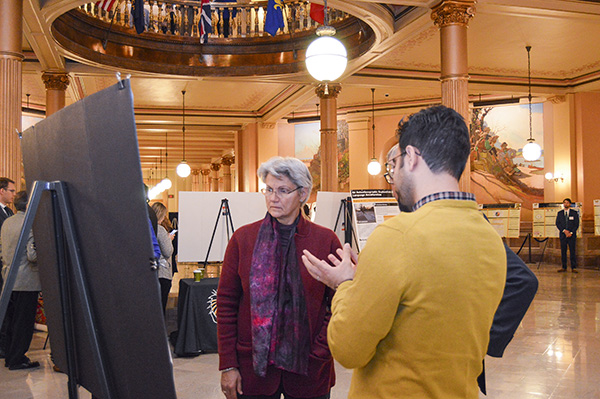
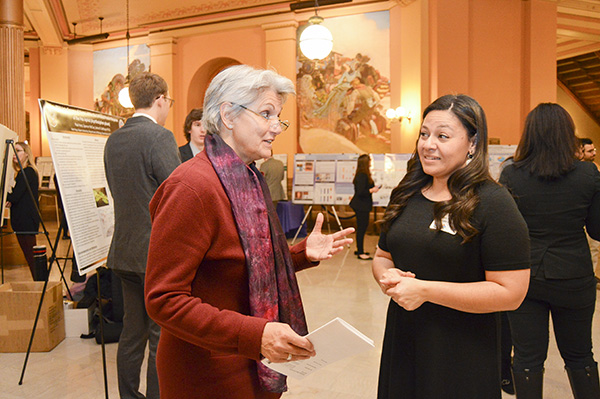
The Kansas Board of Regents in January approved a policy that would temporarily suspend tenure, should state universities need to cut academic programs and faculty. While five of the six universities said they would not use the policy, Girod and Bichelmeyer said they would work with administrators, faculty governance, students and other leaders to determine whether and how KU might enact the policy, though both leaders publicly stated that they hoped the tenure suspension would not be necessary. More than 900 faculty and staff members signed a letter in protest; national organizations representing thousands of colleagues also voiced outrage over the potential suspension of tenure.
“There are phenomenal people who are doing great, great work who love this institution,” Bichelmeyer says, “but there’s no way around it—we’re challenging everything we’ve ever done and saying it can’t be done the same way anymore.”
Ten Jayhawks Rising COVID design teams assembled last summer to help guide KU’s return to campus for fall 2020. “We’ve worked that plan, and we were pretty successful. I’m not sure anyone thought that we would get through the fall semester,” Bichelmeyer says.
Now that universities are preparing for a return to fully open campuses in fall 2021, presuming that vaccines have rolled out successfully, the teams will reconvene in the spring and summer to assess the Jayhawks Rising plan and the metrics and determine what KU will look like and how it will operate post-COVID.
“Now we’re moving toward aligning all the resources of the University underneath that plan,” Bichelmeyer says, “and if we do it well, we will have strategic effectiveness ultimately.”
Bichelmeyer likens the current climate to the challenges her parents’ generation faced growing up during the Depression and World War II. “There is not a moment in time when the University is more vulnerable and not a moment in time when the work is more critical—and the opportunity is greater.”
To guide her alma mater, Bichelmeyer says she will rely on her sense of KU history and stewardship, along with one of her favorite sayings from philosopher Eric Hoffer: “In times of change, learners inherit the earth, while the learned find themselves beautifully equipped to deal with a world that no longer exists.”
